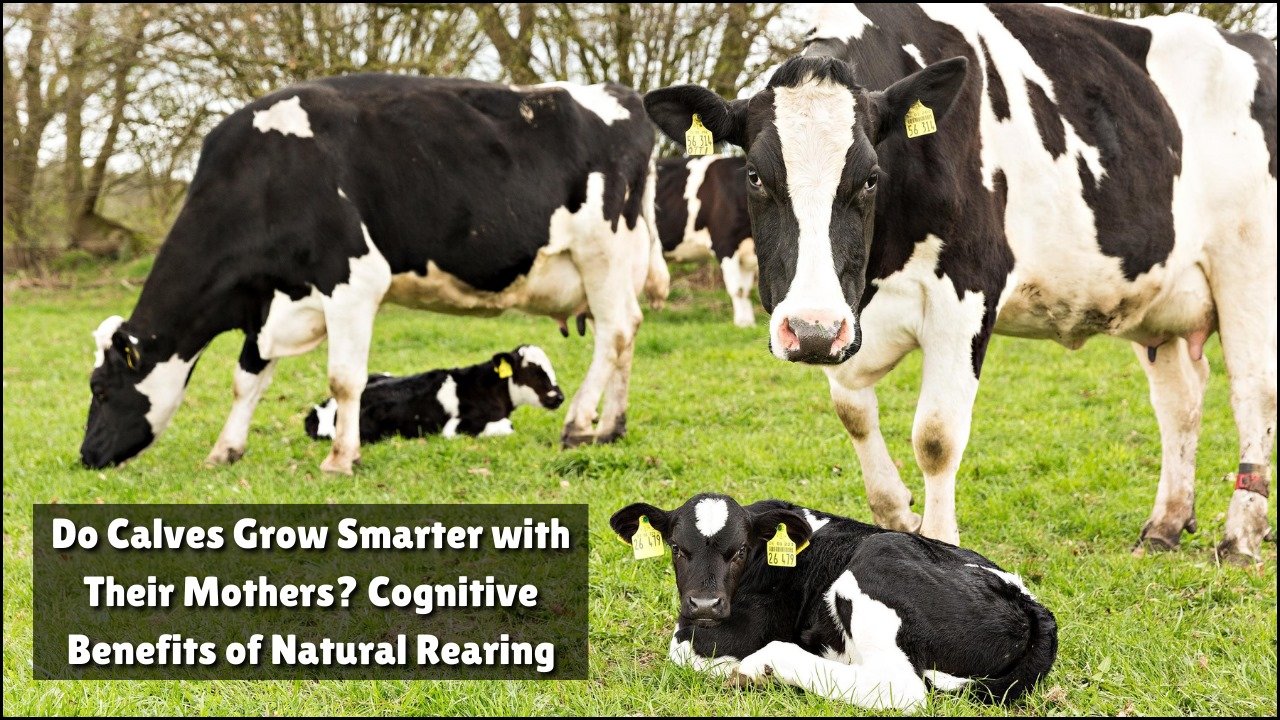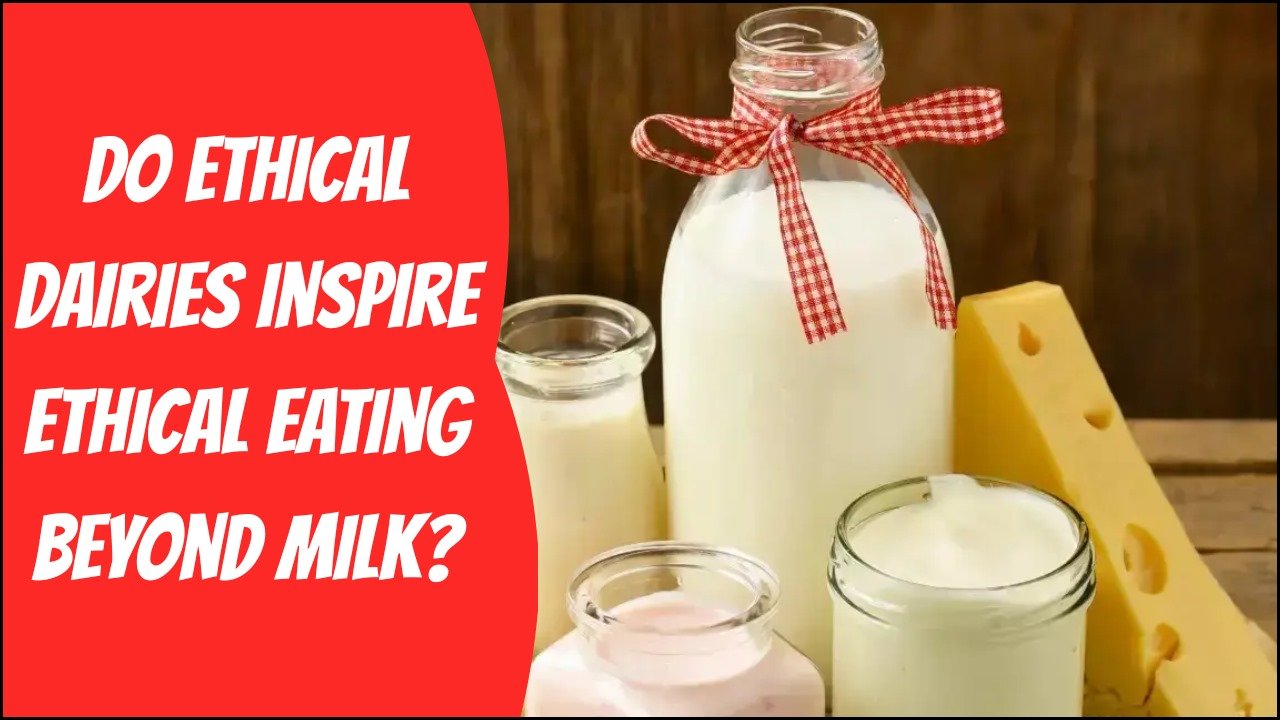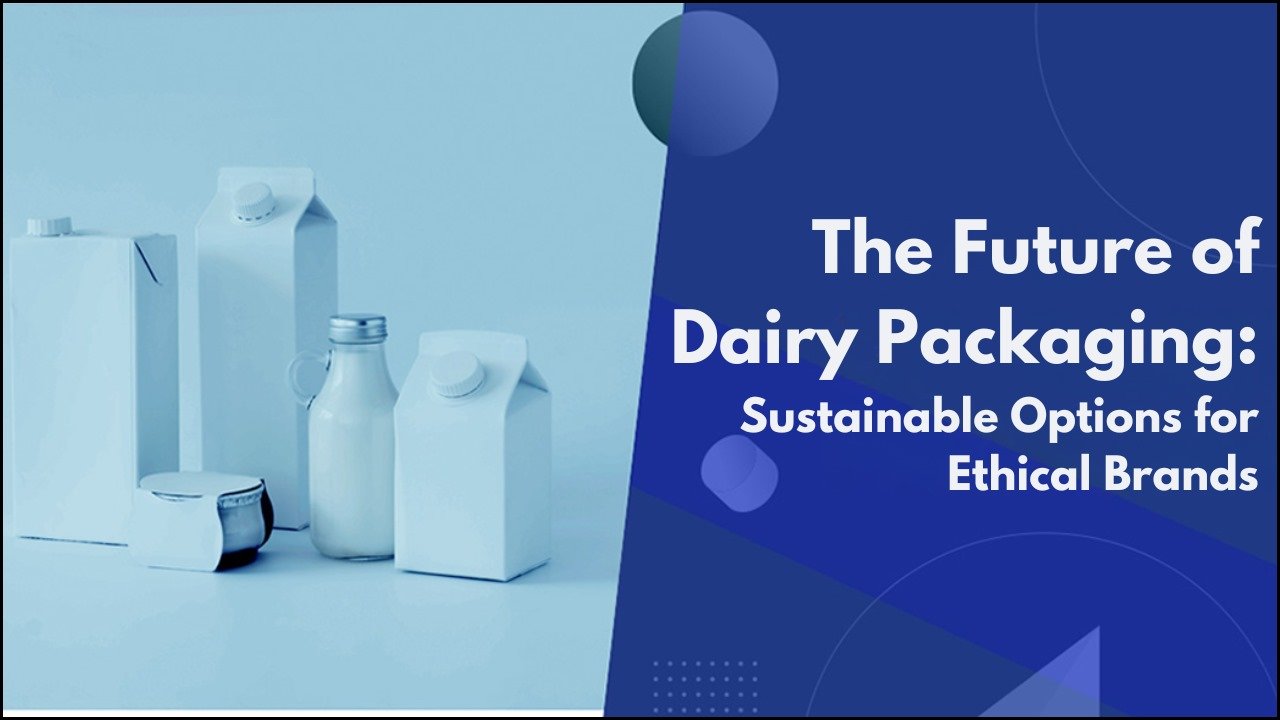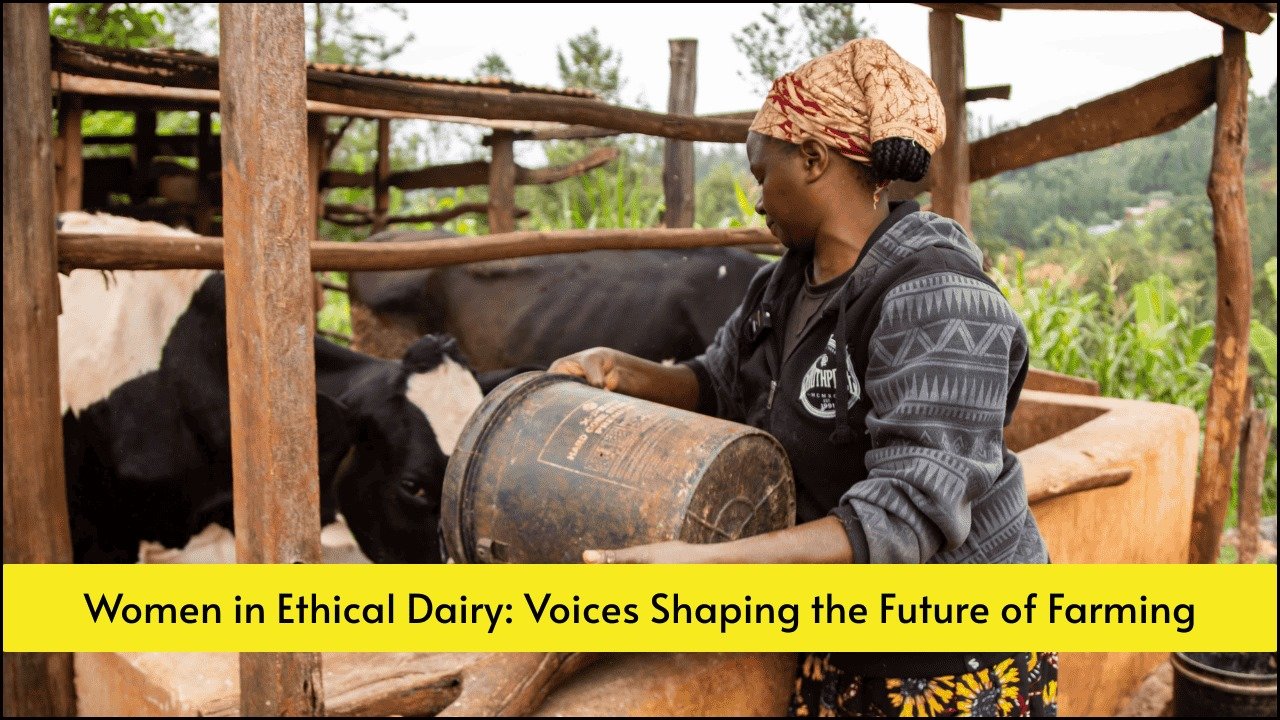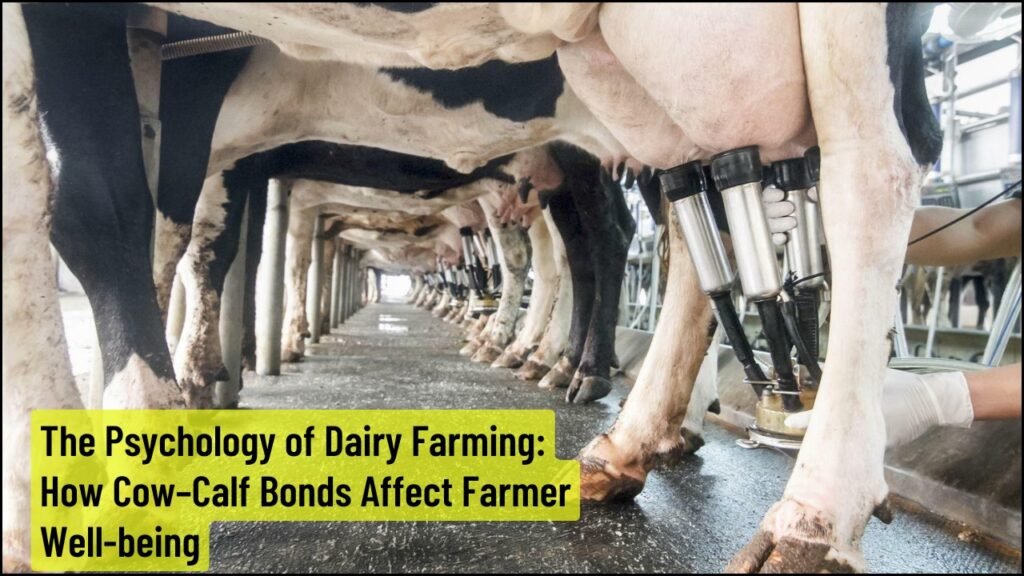
In the world of dairy farming, much attention is given to milk production, herd health, and efficiency. However, a growing area of interest is the emotional impact of farming practices — not just on animals but also on the farmers themselves. One practice under the spotlight is keeping calves with their mothers for longer periods, known as a cow–calf contact system. This approach is showing notable effects on the mental and emotional health of farmers, as well as shaping their satisfaction with the profession.
Table of Contents
Overview
| Aspect | Cow–Calf Contact Impact |
|---|---|
| Bonding Time | Extends natural cow–calf interaction beyond birth |
| Farmer Satisfaction | Increases emotional fulfillment and job pride |
| Workload | Higher labour requirements for feeding, housing, and monitoring |
| Emotional Challenges | Harder separation, potential stress during weaning |
| Public Perception | Improves consumer trust and farm reputation |
| Animal Welfare | Supports natural behaviours and calf development |
Understanding the Cow–Calf Bond
In nature, cows and calves form strong bonds shortly after birth. The calf relies on its mother not only for nutrition but also for warmth, protection, and social learning. In traditional dairy systems, calves are often separated from their mothers within hours or days of birth to manage feeding schedules, disease control, and milk yield.
Cow–calf contact systems challenge this norm by allowing the pair to remain together for extended periods, ranging from a few days to several months. This method requires adjustments in housing, feeding, and milking routines, but it can have profound implications for the emotional experience of farmers.
Benefits for Farmers
Farmers who adopt cow–calf contact systems often report greater job satisfaction and a deeper sense of connection to their animals. Seeing calves grow alongside their mothers can create a more positive, rewarding daily routine. Farmers describe feelings of pride in fostering natural behaviours, and many believe this approach aligns better with their values around animal welfare.
This satisfaction can also reduce burnout, a common problem in high-pressure agricultural work. Knowing that animals are living in more natural conditions can provide farmers with a sense of moral fulfillment, reducing stress associated with ethical dilemmas in animal management.
Challenges
While cow–calf contact can be emotionally rewarding, it’s not without its difficulties. Longer bonding periods can make eventual separation more stressful for both animals and farmers. Some farmers experience emotional strain during weaning, feeling guilty or conflicted about ending the bond.
Additionally, this system often requires more labour and careful management to balance milk supply, calf nutrition, and herd health. The extra workload can cause stress if not supported by adequate resources or farm design.
Impact on Farmer Identity
Adopting cow–calf contact systems can influence how farmers see themselves and their work. Many feel their identity shifts from being purely production-focused to being stewards of animal welfare. This change can also affect how farmers are perceived by the public, potentially strengthening trust and improving the reputation of the dairy industry.
Consumers are increasingly concerned about farming ethics, and seeing farmers adopt animal-friendly practices can boost market support and customer loyalty. This positive feedback can further improve farmers’ sense of purpose and motivation.
Long-Term Outlook
Research into the psychological effects of cow–calf contact on farmers is still evolving, but early insights suggest that mental health benefits may outweigh the challenges for many. Support systems such as training, labour-sharing, and infrastructure investment can help farmers manage the practical difficulties, making the approach more sustainable.
For the dairy industry as a whole, integrating mental well-being into farming decisions is becoming increasingly important. As public expectations for animal welfare grow, practices that align with these values can serve both farmers and consumers.
FAQs
Q:- Does keeping calves with cows reduce milk production for farmers?
A = It can reduce saleable milk in the short term, but management strategies can offset losses.
Q:- How long do calves usually stay with their mothers in these systems?
A = This can vary from a few days to several months, depending on farm goals and capacity.
Q:- Is cow–calf contact farming more expensive?
A = It may involve higher costs due to labour, housing, and management changes, but improved animal welfare and public trust can bring long-term benefits.


